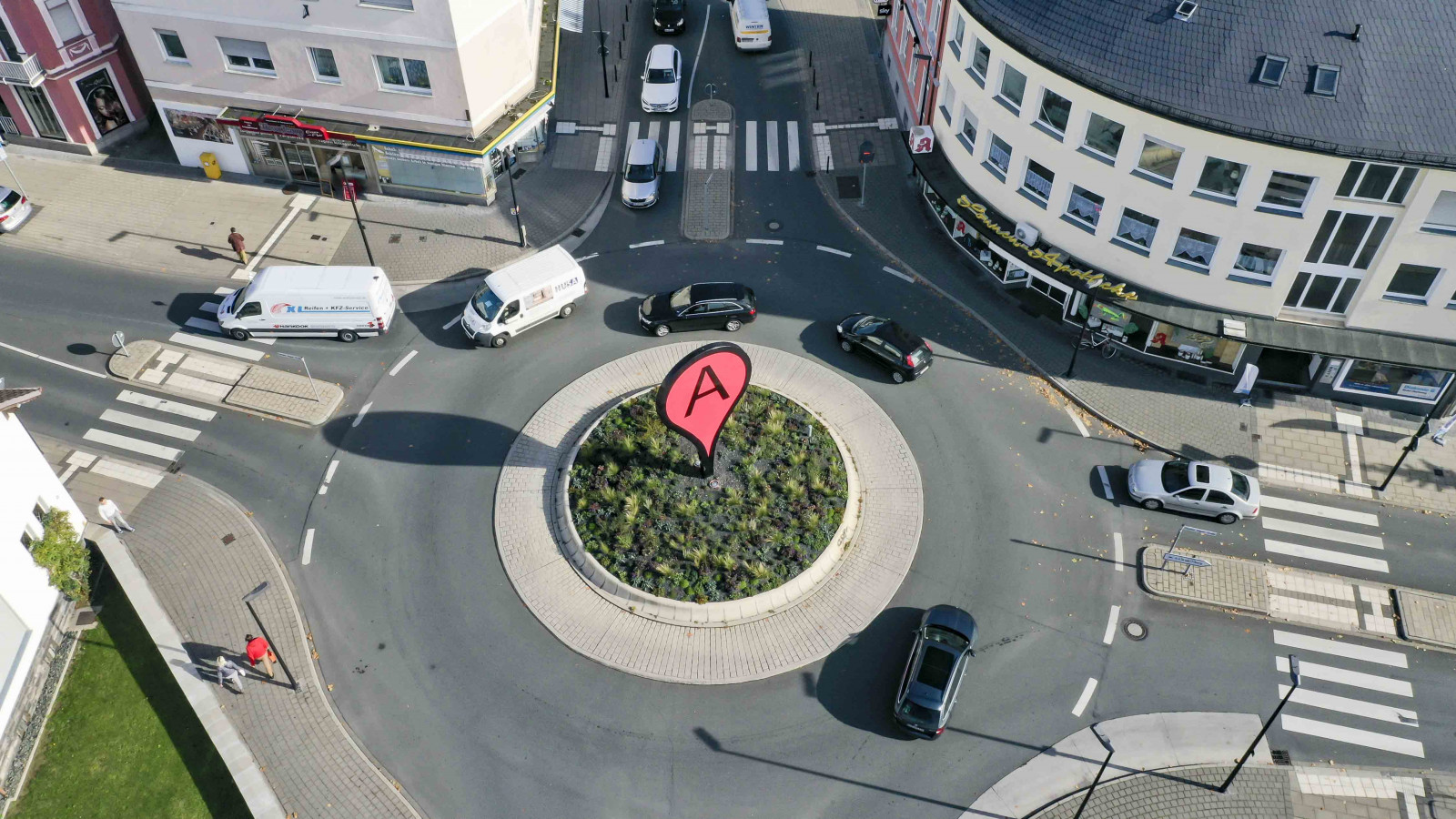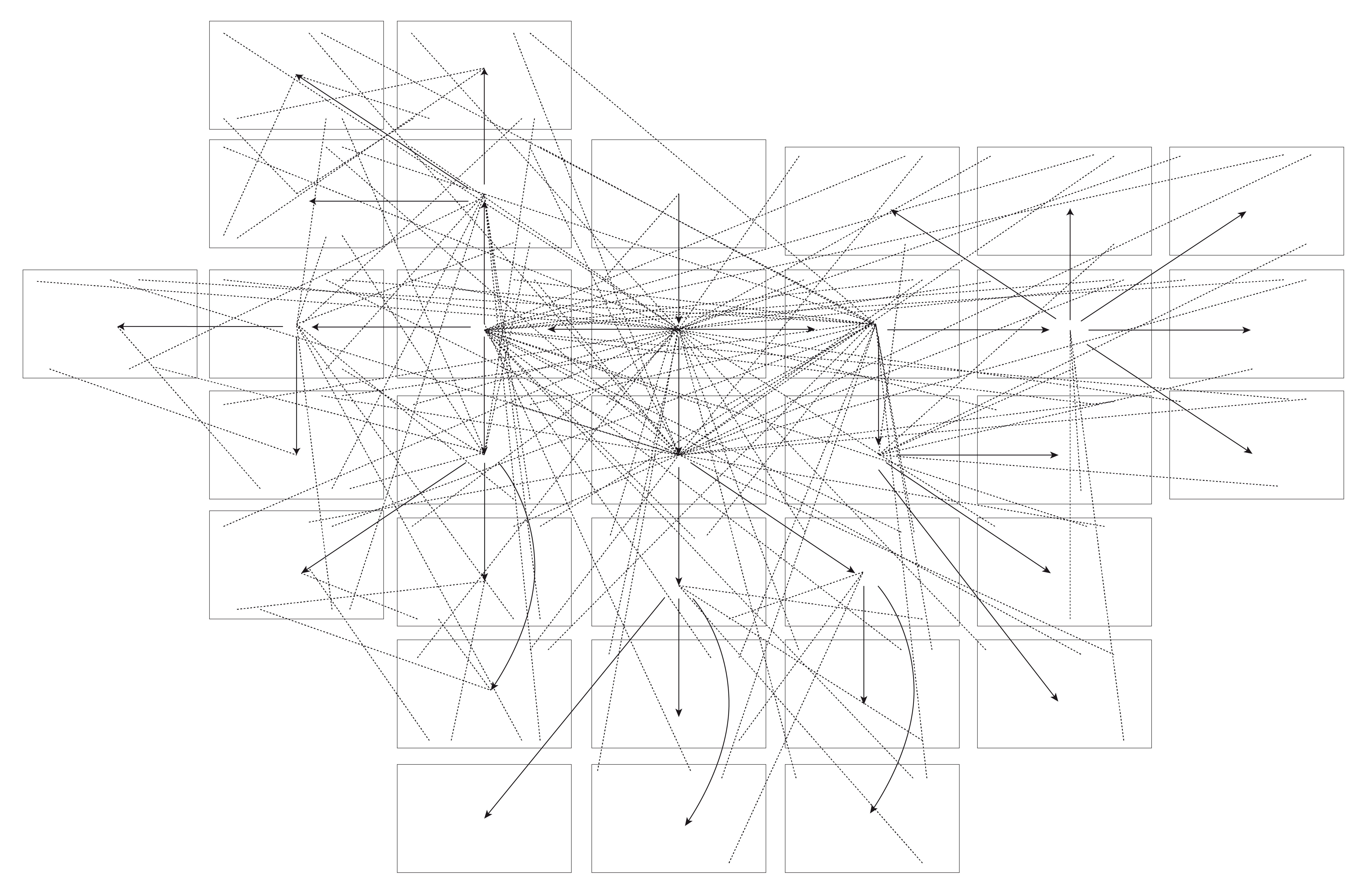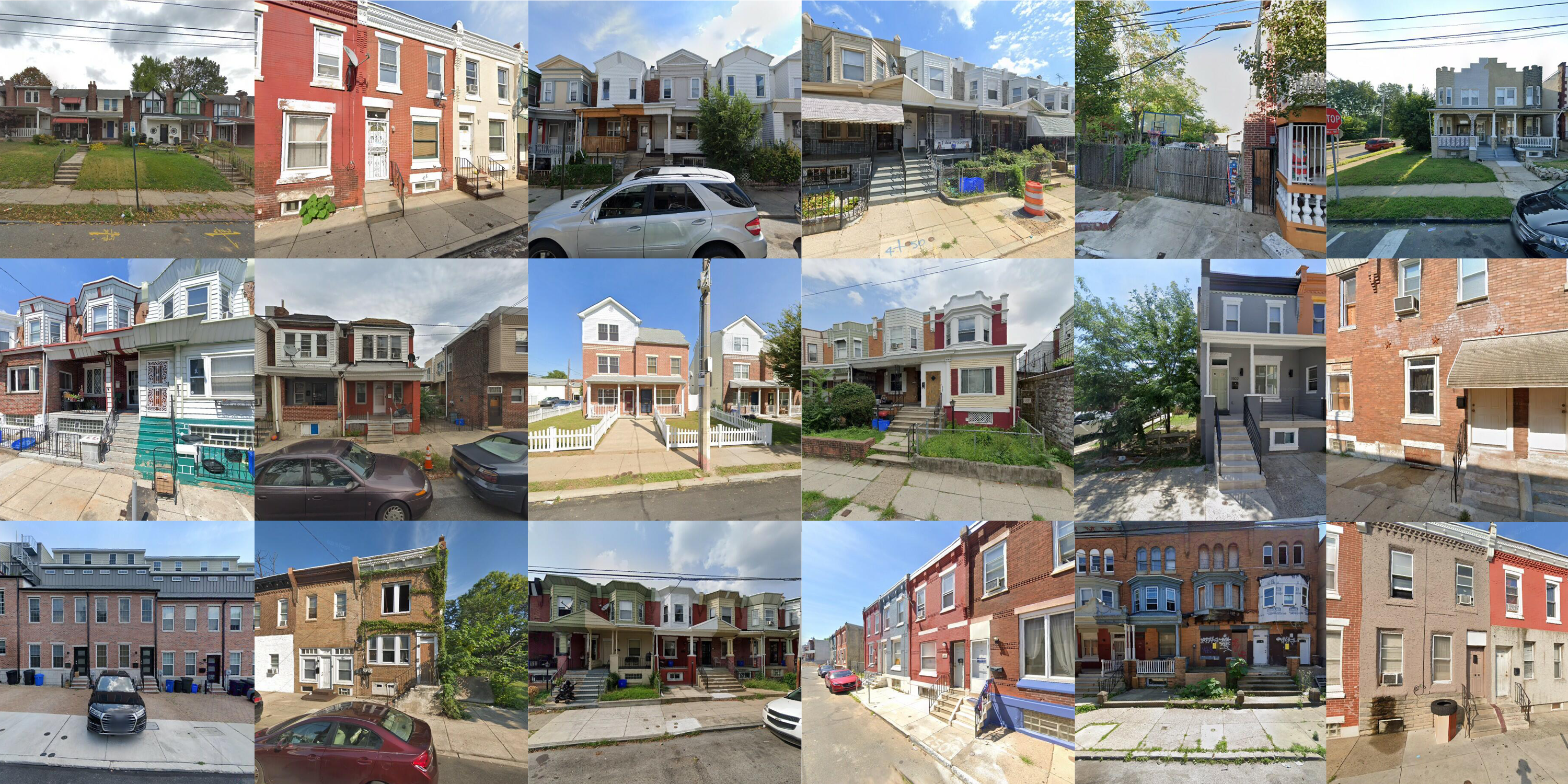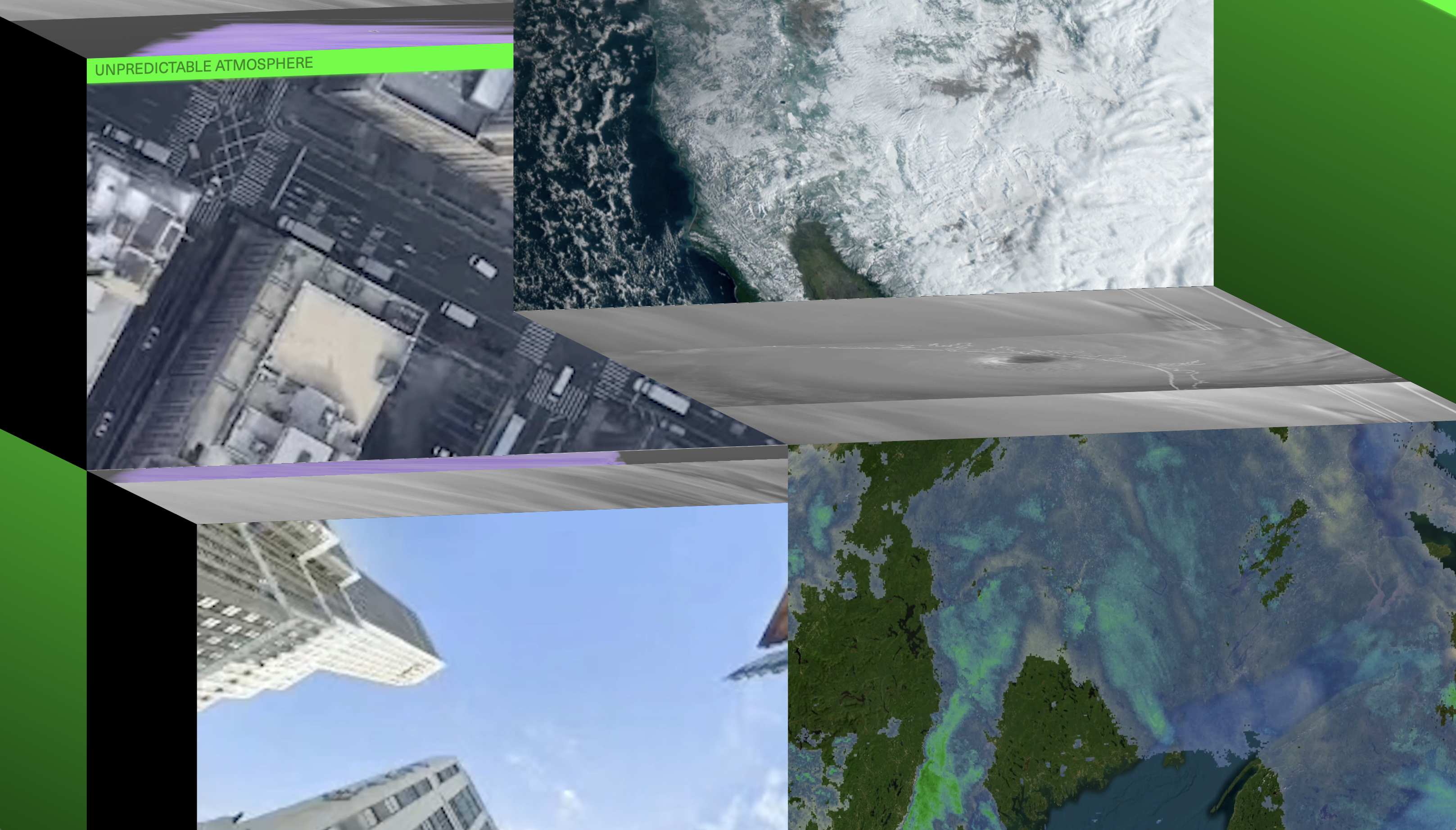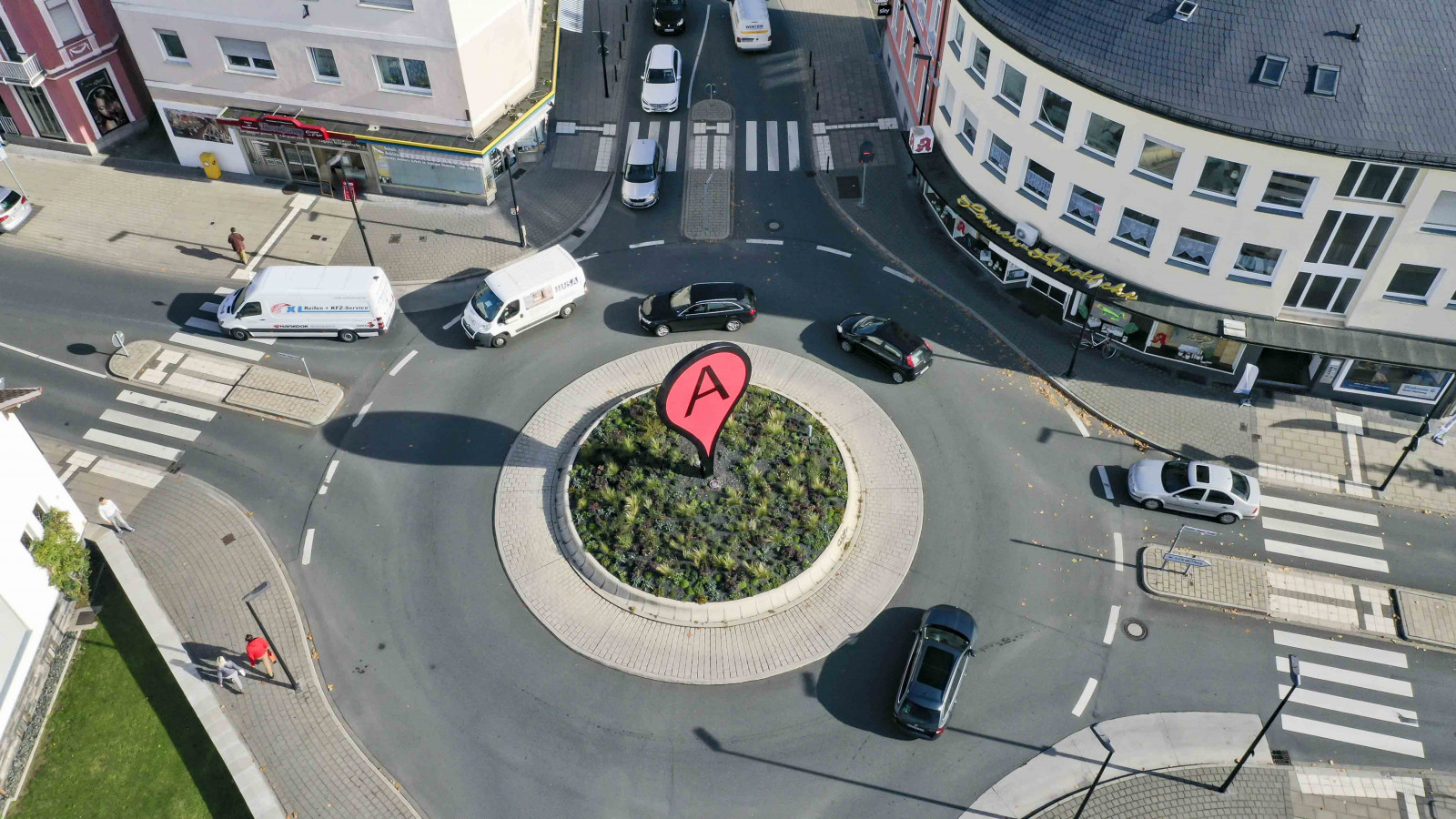Category
Subject
Spatial Computing is a collaboration with the M.S. in Computational Design Practices Program (MSCDP) at the Graduate School of Architecture, Planning, and Preservation (GSAPP) at Columbia University.
- Jennifer Chen Pink Earth
- Tega Brain and Sam Lavigne All that is Air Melts into Air
- Lai Yi Ohlsen How Tall is the Internet?
- Dare Brawley House Tech
- Mimi Ọnụọha The End of a World / As We Knew It
- Erin McElroy Boycotting, Identifying, and Organizing Against Serial Evictors
- Lucia Rebolino Unpredictable Atmosphere
- Laura Kurgan and e-flux Architecture Editorial
